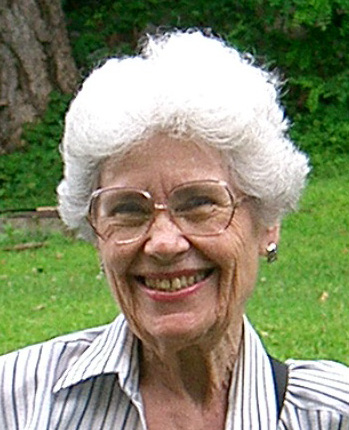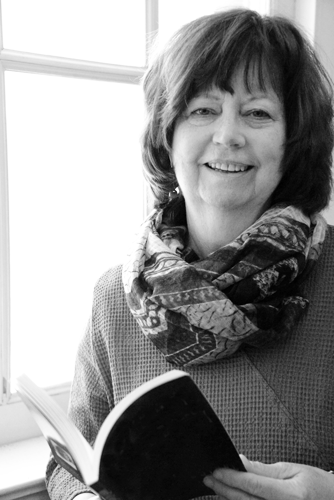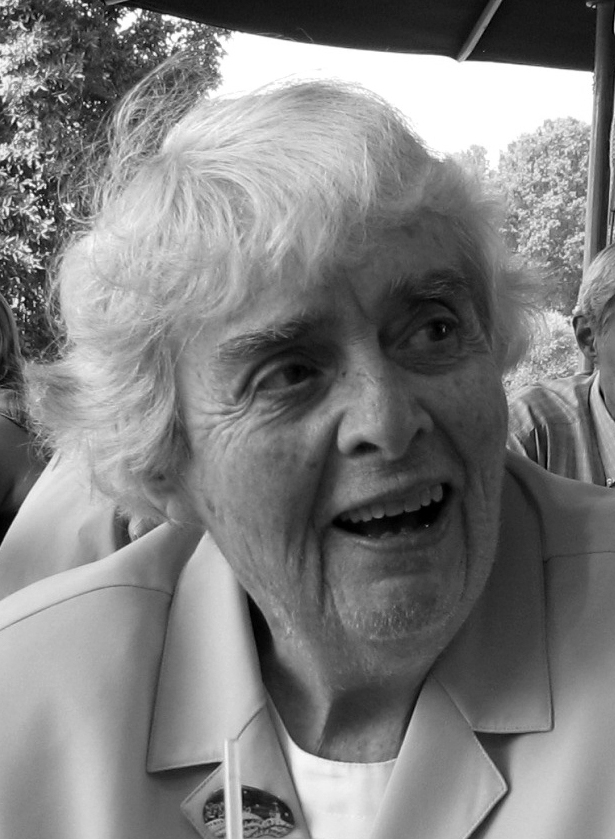


Ravens and other metaphors, with poems by Jean Chapman Snow, Kathy Mangan and Jean Connor.
7 minutes
TRANSCRIPT
Edgar Allan Poe was born January 19, 1809. And on January 29, 1845, when he was 36 years old, the New York Evening Mirror published his poem “The Raven.”
Poe’s raven said “nevermore.” Jean Chapman Snow’s mockingbird says various other things. Here’s her poem “Cityscape with Mockingbird.”
Our ancestors feared moon-madness —
nay, trembled under its rays. Today
it’s the sun’s light we shun, yet
tonight the full moon’s pull
wakes the tides of my blood.
Churr, churr, churr, warns the mockingbird.
Sleep-drenched, I throw back my quilt
to follow a streaming path of light
to the kitchen. I close my eyes against
the harsh fridge light and pour a glass of
cold water that tastes like moonlight.
Chee-deet, chee-deet, cries the mockingbird.
Like a barefoot votive, I glide across
the Persian rug to follow the moon’s light,
sliding past walls splashed with moonlight,
stepping onto my high balcony where
car alarms and sirens dissolve into
crickets and rustling leaves.
Peter! Peter! Peter! insists the mockingbird.
The moon has leached all color —
pink petunias glow white,
red geraniums show black.
A wash of moonlight robes my body,
laps at my toes. I lift my arms
and bathe in the moon’s cold light.
Chidder, chidder, chidder, exults the mockingbird.
“Cityscape with Mockingbird,” Jean Chapman Snow, from Passager’s 2012 Poetry Contest issue.
Poe’s raven, at best, had to be unnerving to the person writing about it. Something else that can be unnerving is a bird that keeps flying against a window. That’s the subject of Kathy Mangan’s poem “Bird at Our Window: The Other.”
One or the other of them that January
christened him the Crazed Cardinal
when after dawn every morning
his relentless batting against any window
would startle them awake, unlocking
them from separate unsettling dreams
of pursuit and flight, and they’d lie
there not quite touching, listening
to the thwap upon glass until one
then the other would leave the bed,
rising into that season’s sorrow
and curiosity to watch from the second
story railing and note mildly to the other how
the cardinal had wedged like a red
scar in a gray tangle of branches
and the other might report how on impulse
he’d skimmed like a crimson dart
to the dormer panes or now to the door
panels, whirling recklessly again
and again at his reflection, his scarlet
breast flaring against the sheer
impediment to his desire, and the other
might muse on how his black-banded
eyes gave him the look of a masked
intruder.
That was the winter they each were wild
with fear that one would leave
the other. The cardinal’s thrashing
arrival broke open their days with spinning
wings, a sharp beak pecking at the other
mirrored rival. Before descending to the numb
morning ritual — coffee, music, fruit — the two
of them might pause at the upper landing
to observe the bird’s frenzied feints,
one of them sensing the fierce insistence
of his frantic heart, the other
wondering what it felt like to be so desperate
to be let in.
Kathy Mangan’s poem “Bird at Our Window: The Other” from her book Taproot.
We’ll end with two bird poems by one of Passager’s guiding spirits, Jean Connor. First, “The Loon on Frenchman’s Bay.”
Offshore, in pond-like calm,
a loon preens himself, black feathers
glistening in the morning sun,
his white breast meticulous.
Riding easily, secure
in his talents, confident of the fish,
he is content to wait.
His cry, when it comes,
is not the dailiness of crows
or the gulls’ restless mewing.
The tremolo rises
from some myth-bound world,
crepuscular, a cry
that circles back
through time.
Suddenly he dives, makes
a catch, surfaces, gulps,
consumes.
“The Loon on Frenchman’s Bay,” Jean Connor. And one more by Jean, not about a raven, but possibly a crow. Its title, “Possibly a Crow.”
Something about the slow
wingbeat, the size, the print
of black upon the low gray sky;
the bird’s entering, but
even more, his leaving,
an absence marked by
the sudden widening out
of space, the sky still receptive
to brush strokes of black
long after they have ended. Then,
peace, soft, akin
to a mist-like rain
and in the quiet,
the deepened need
to go on.
Jean Connor’s “Possibly a Crow” from her book A Cartography of Peace.
To buy A Cartography of Peace or Kathy Mangan’s book Taproot or to subscribe to or learn more about Passager and its commitment to writers over 50, go to passagerbooks.com. You can download Burning Bright from Spotify, Apple and Google Podcasts and various other podcast apps.
For Kendra, Mary, Christine, Rosanne, and the rest of the Passager staff, I’m Jon Shorr.
Due to the limitations of online publishing, poems may not appear in their original formatting.
